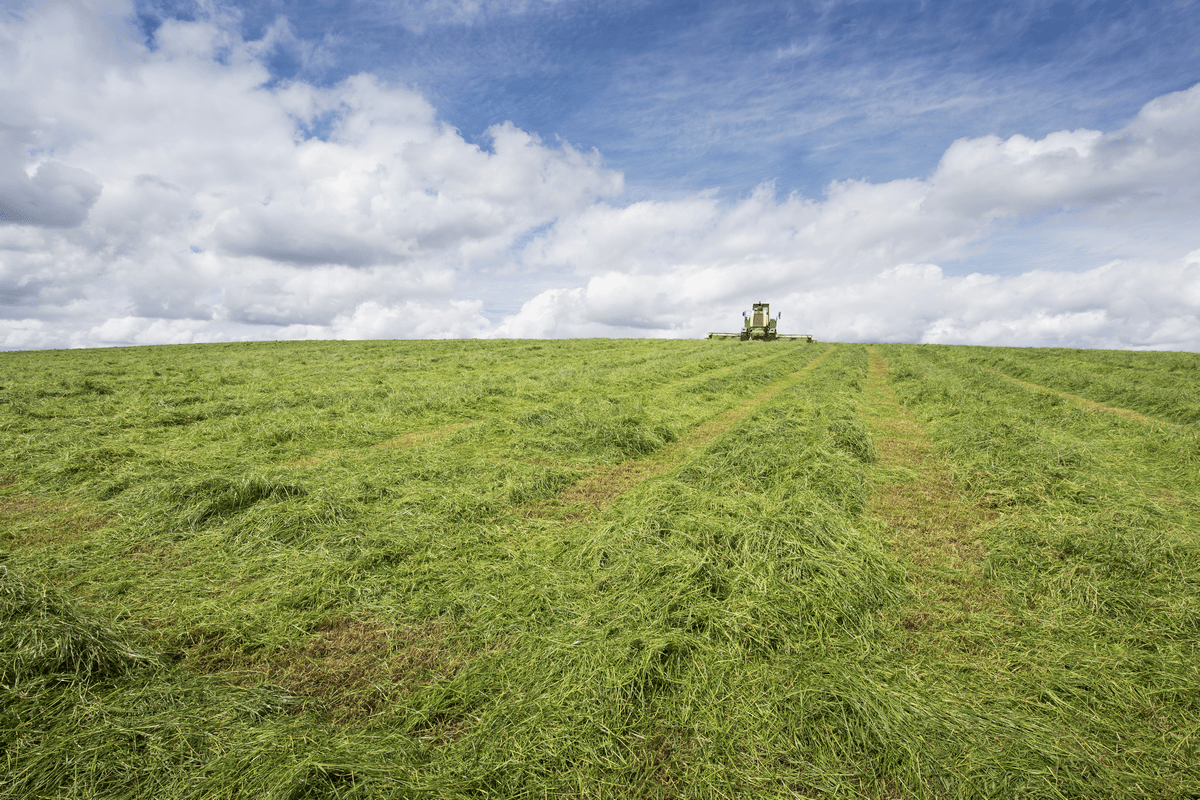The need for climate smart agriculture practices continues to rise. Driven by demands to reduce the impact of agriculture, unstable input costs and extreme weather events, this approach is here to stay.
With this in mind, Germinal Agricultural Director Ben Wixey looks at the effect of 2022’s dry summer and how this can influence climate smart decisions being made for the year ahead.
What was the impact of 2022’s extreme weather?
Autumn reseeds were largely delayed and went into dry soil. The autumn then brought a period of heavy rainfall. While very welcome and good for growth, it hasn’t fully reversed the lack of soil moisture following summer’s drought.
Consequently, when spring arrives, the moisture-starved swards may need additional grass or clover stitched in to reach production goals in 2023. More open swards are also at higher risk of weeds, so you’ll need to keep an eye on them.
Resilience in dry weather
Climate smart agriculture includes adapting current ways of managing grassland to suit changing weather patterns. For example, the last few years have shown us there is likely to be a six-week period of dry weather in the summer which stalls grass growth. You could buy in feed to compensate, but this comes at a financial and environmental price.
The climate smart, cost-effective alternative is to exploit other times of the year to grow high-quality grass in the UK’s temperate climate by using our access to the best forage seed varieties in the world.
In 2023 and beyond, I’m expecting farmers to produce additional grass silage to use as buffer feed during dry conditions, and this will increasingly become the norm.

Growing forage brassicas in the spring can also provide useful supplementary feeding for dry summer conditions. To help achieve these higher quantities and push your grassland’s potential, use high-yielding, high-energy seeds to grow the best quality grass and forage when the moisture is there.
You can review your reseeding plan and look for opportunities to build up your silage for a dry day, rather than a rainy day.
Use climate smart forage seed
The Recommended Grass and Clover Lists are the go-to, independent resource to maximise on-farm returns. Through the cutting-edge work undertaken by our research and innovation team, Germinal Horizon, our new varieties are accepted onto the list every year, raising the bar of forage quality.
Germinal’s Aber High Sugar Grass (HSG) range is high in the metabolisable energy (ME) needed for a productive system. The high energy level allows rumen bacteria to better convert grass into protein.
This means less wasted protein (which contributes to unnecessary emissions) and more meat and milk from fewer inputs – the gold standard of climate smart agriculture.
Multi-species and clovers also at the heart of climate smart agriculture
Clover’s nitrogen-fixing qualities and resilience in drought are reflected in their rising importance in climate smart grassland management.

Research from Germinal Horizon found multi-species mixtures including clover yielded up to 4 t DM/ha more than a pure perennial ryegrass sward. They also required less nitrogen fertiliser due to the clovers in the mix.
To gain the most reward from clover leys, you need approximately 30% clover in the sward to fix 150-250 kg N/ha per year and it normally takes six to 12 months after drilling before this happens.
Germinal Horizon continues its work in this area, screening and selecting the elite rhizobia strains in clover responsible for fixing nitrogen. The team are also breeding clovers which require less phosphorus and will undoubtedly feature in the future of climate smart agriculture.
Trust the grass and forage experts
Learn more about how our climate-smart grass and forage seed can help farm productivity and speak with one of our trusted experts.
